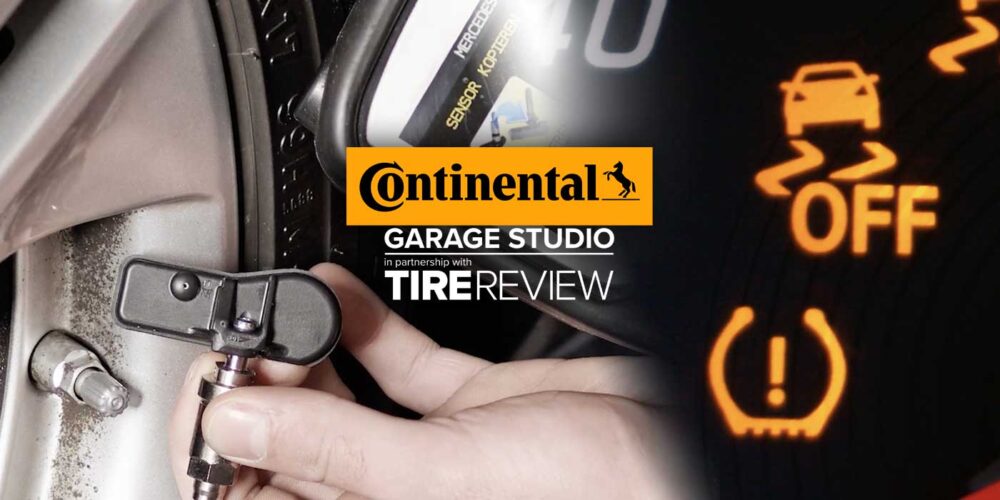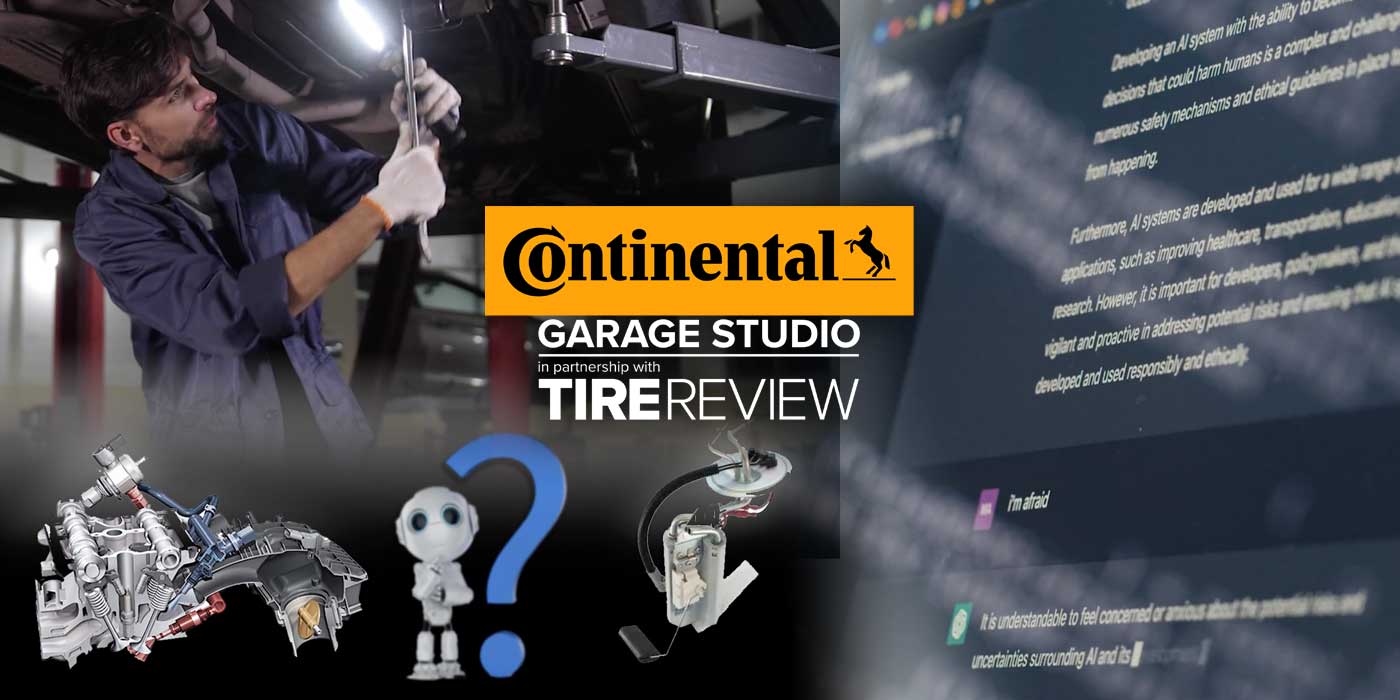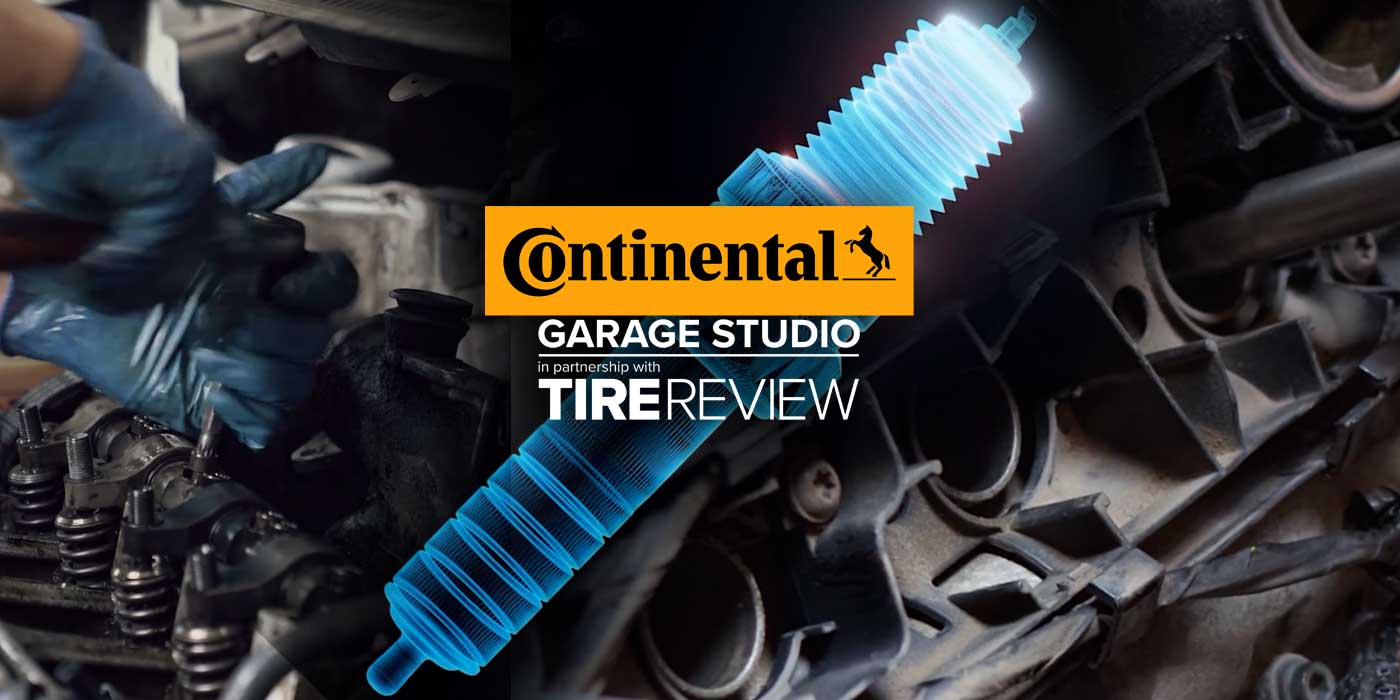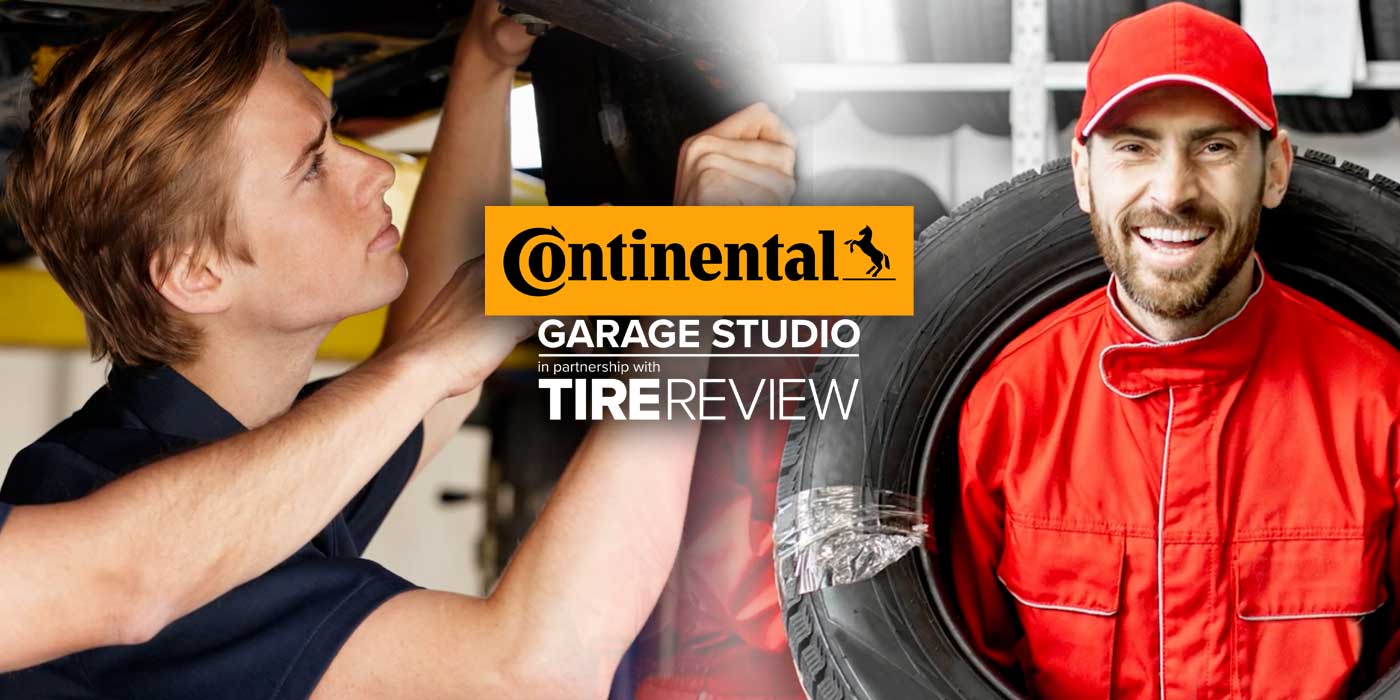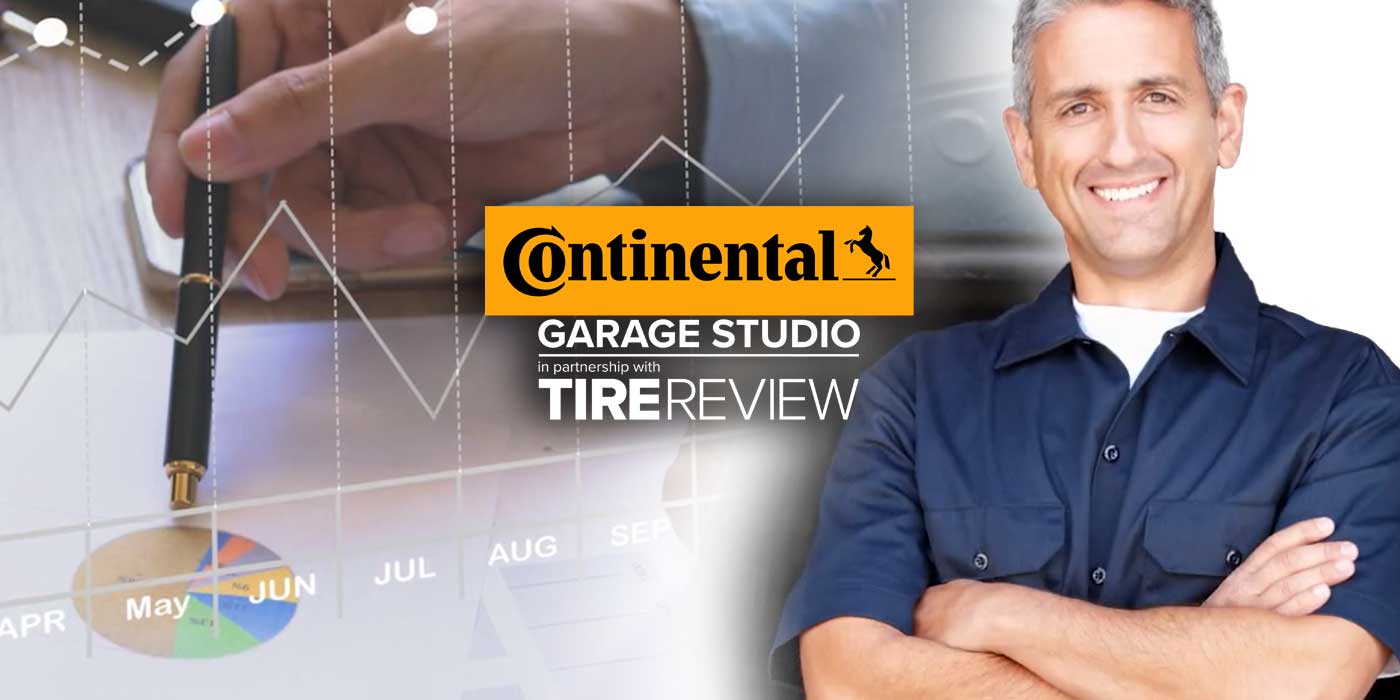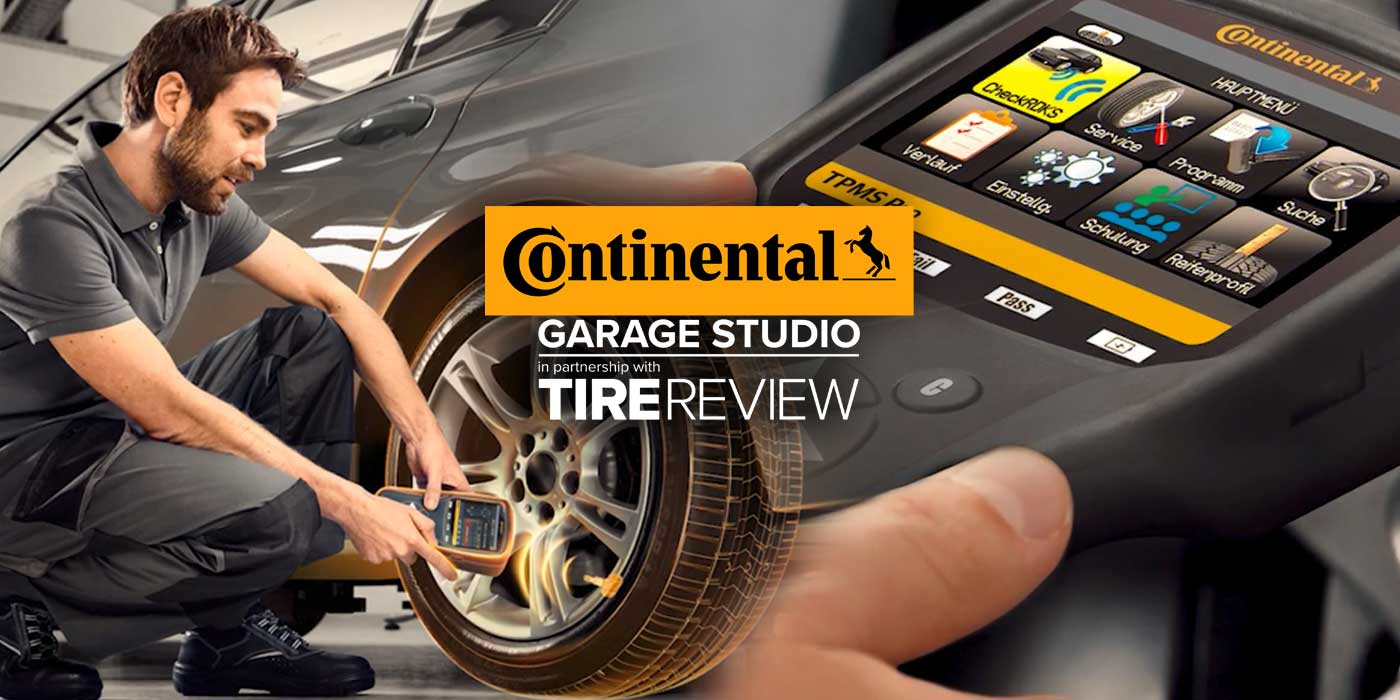If your customers are anything like us, they probably don’t notice problems in their car until some lights pop up on the dashboard or it’s too late and it breaks down. Tires are a crucial component of a car that often don’t get much attention from drivers until it is long overdue. When your shop rotates the tires on your customer’s car, it is a sure way for them to get the most out of their car and avoid an unexpected problem. Let’s talk about why in this Tire Review Continental Tire Garage Studio video.
Tire rotation should be part of your customer’s regular tire maintenance routine to achieve uniform wear and maximize tread life. Rotating your customer’s tires helps equalize front-to-rear and side-to-side wear rates while enhancing wear quality and pattern noise, ultimately saving them money and headaches down the road. Promoting regular tire rotations can also give you more business down the line, as your customer will appreciate your staff’s expertise throughout the life of the tire.
Obviously, you should rotate all four tires on a vehicle. The tires on each wheel position accomplish different tasks, and therefore, have different wear rates. For example, a front-wheel-drive car will wear tires differently than a rear-wheel-drive car. And tire wear on a performance vehicle will usually be more severe than tires on a four-door sedan.
It’s certainly an advantage when all four tires wear together as a result of regular tire maintenance and tire rotation. Wear reduces a tire’s tread depth and allows the four tires to respond to a driver’s input more quickly. In turn, this maintains the handling of the vehicle and helps increase the cornering action of the tire. By wearing all four tires together, you can replace all four tires together, allowing your customer to maintain the original handling balance.
MORE: The Rule of 3X Tire Rotation
It’s important to note that tire rotation cannot correct wear problems due to worn parts or incorrect tire inflation pressures. You should make sure to follow the vehicle manufacturer’s recommendation for the rotation pattern and interval. Unless otherwise specified by the vehicle manufacturer, a general rule of thumb is to rotate your customer’s tires every 6,000 to 8,000 miles or sooner if uneven tread wear begins to appear. Or a good way to make sure your customer rotates their tires is by doing it at every oil change.
And yes this applies to both summer and winter tires. Like summer or all-season tires, winter tires should also be rotated to achieve the best possible performance and longest life. Tire rotation will help maintain tire wear on all four tires regardless of the different driving demands experienced on a vehicle’s steering and non-steering positions.
By rotating your tires, you will not only increase their longevity but you will ensure your car is getting the most performance out of them.
Don’t forget to follow us on Instagram and Twitter and subscribe to our YouTube channel for more tire, service and shop operations videos.





